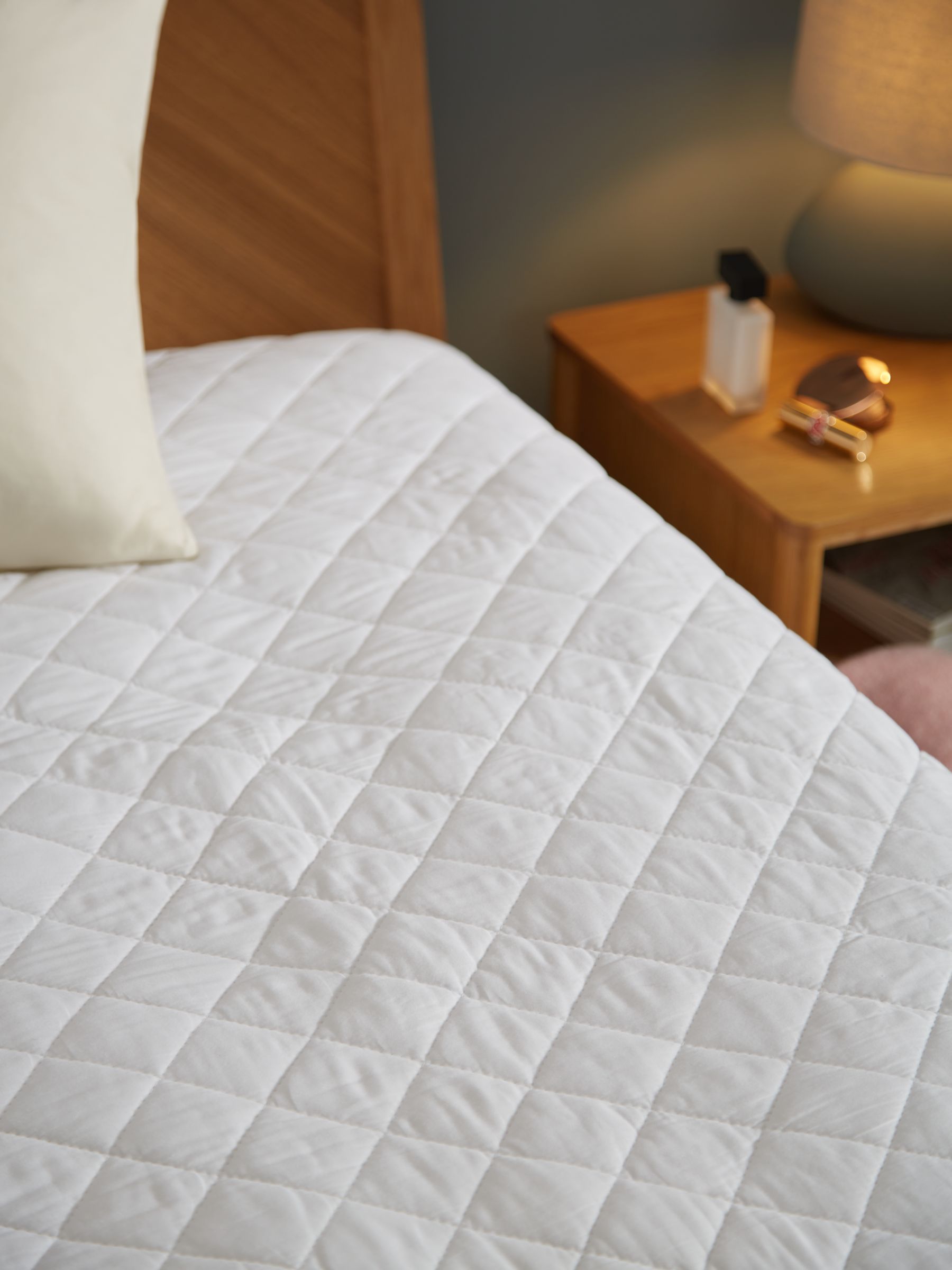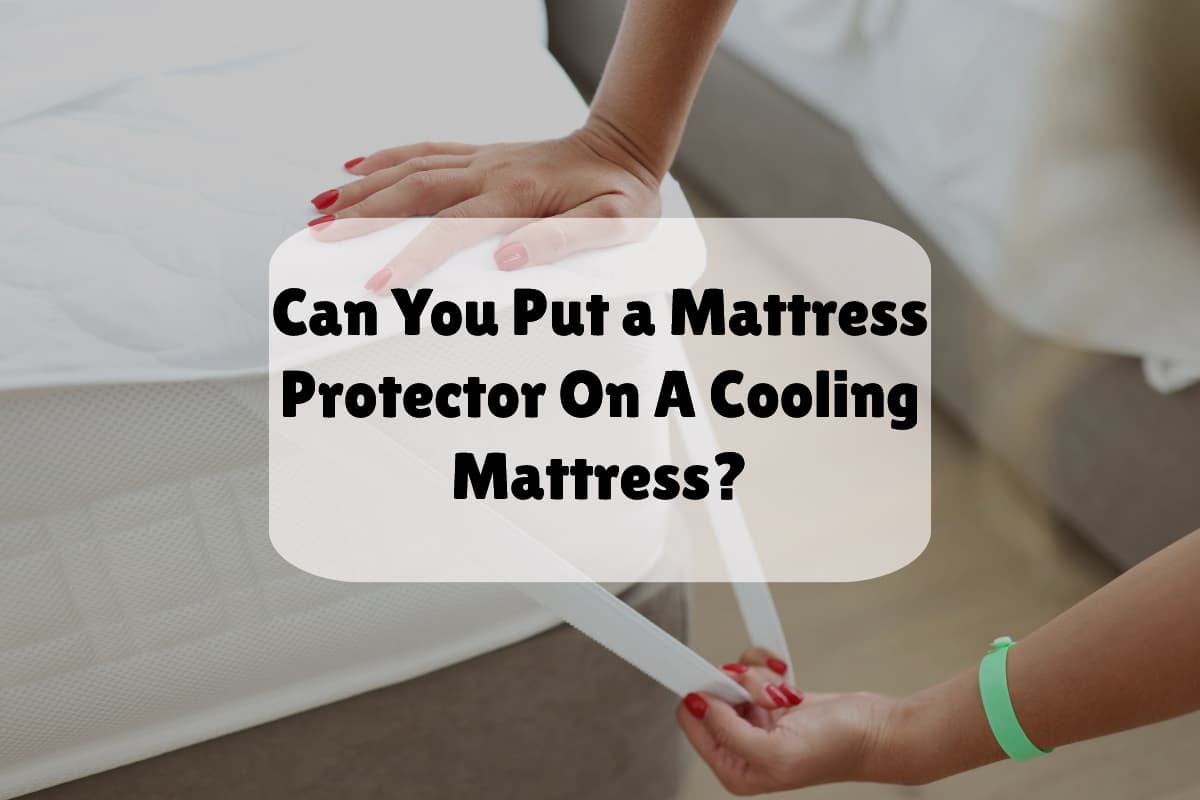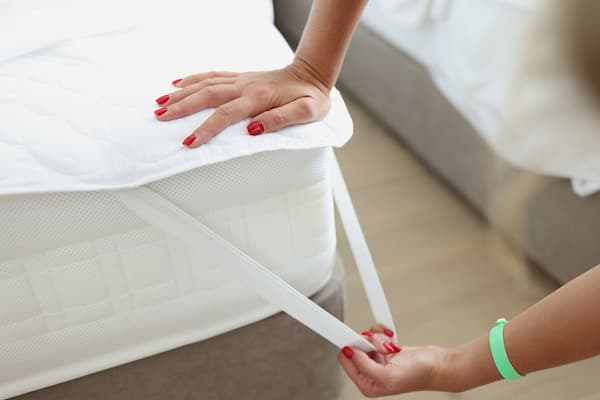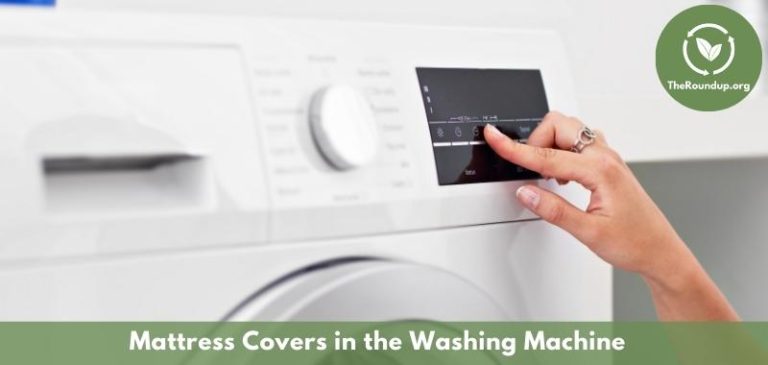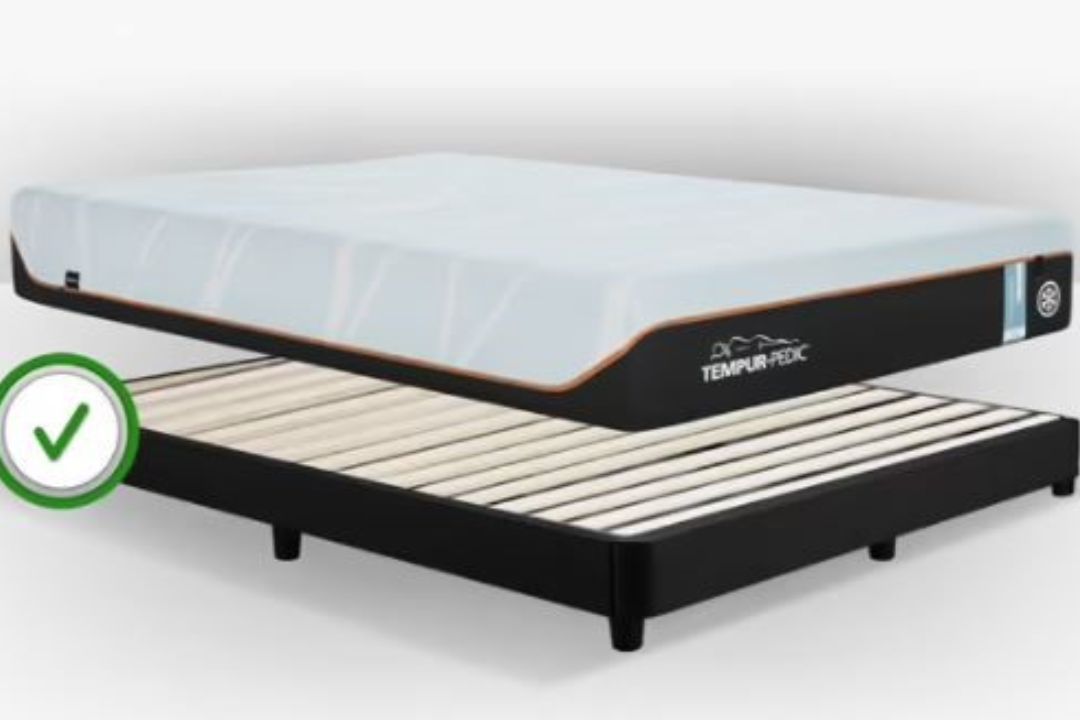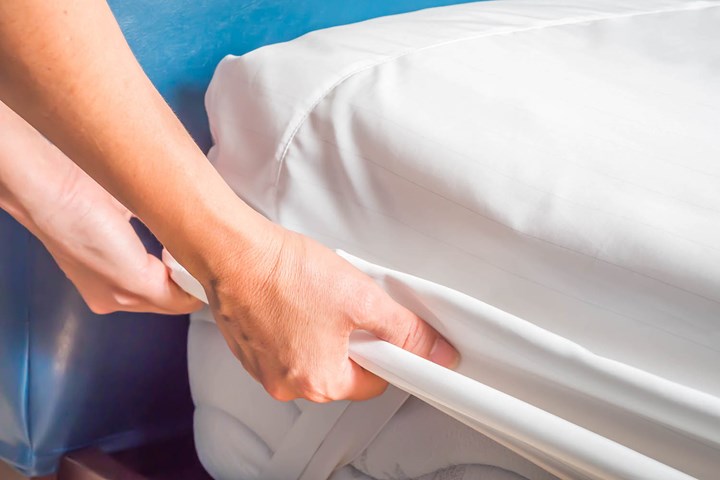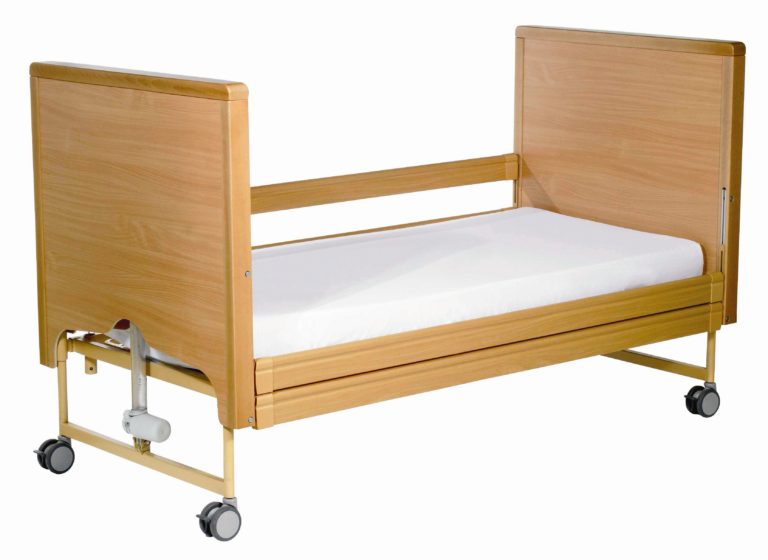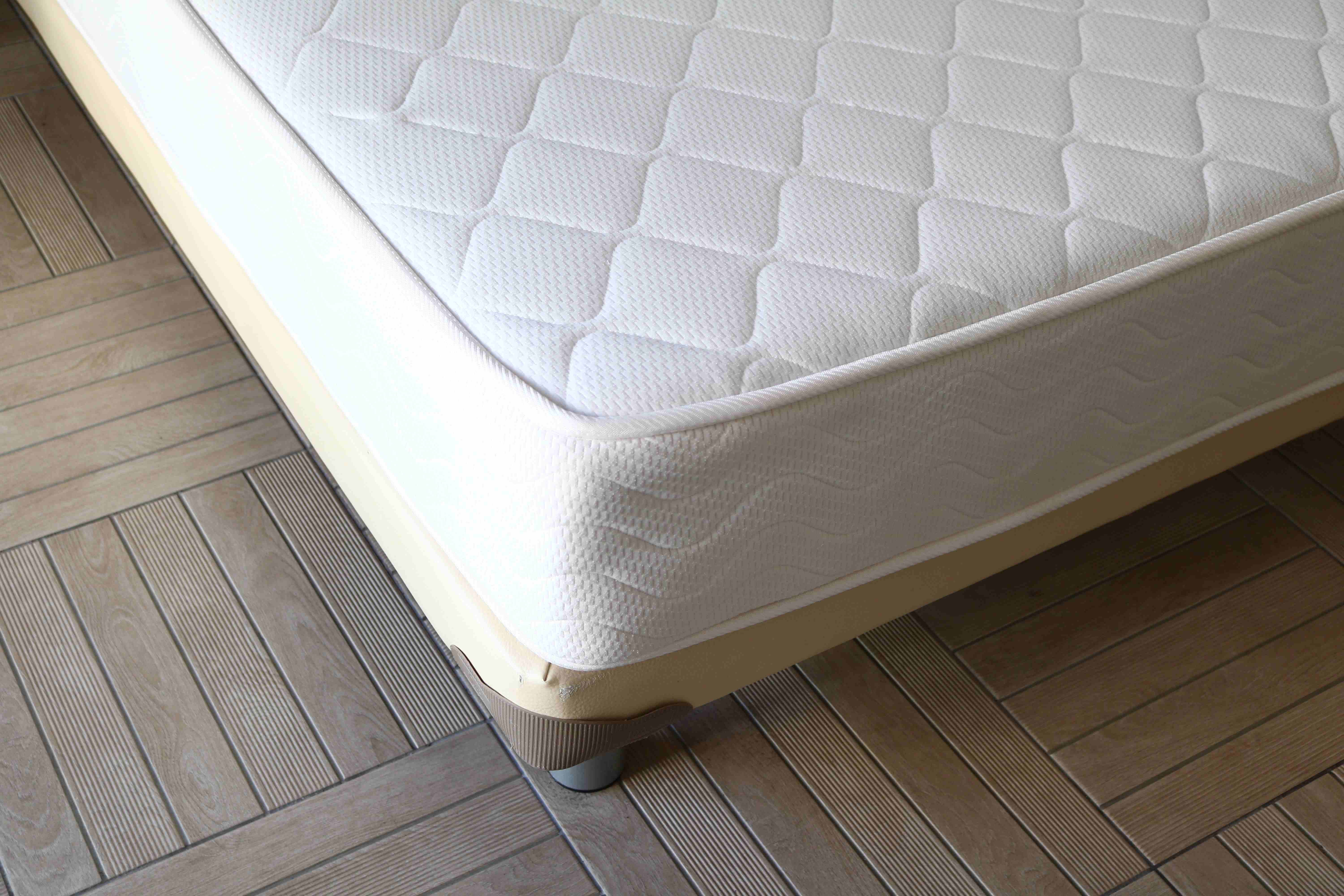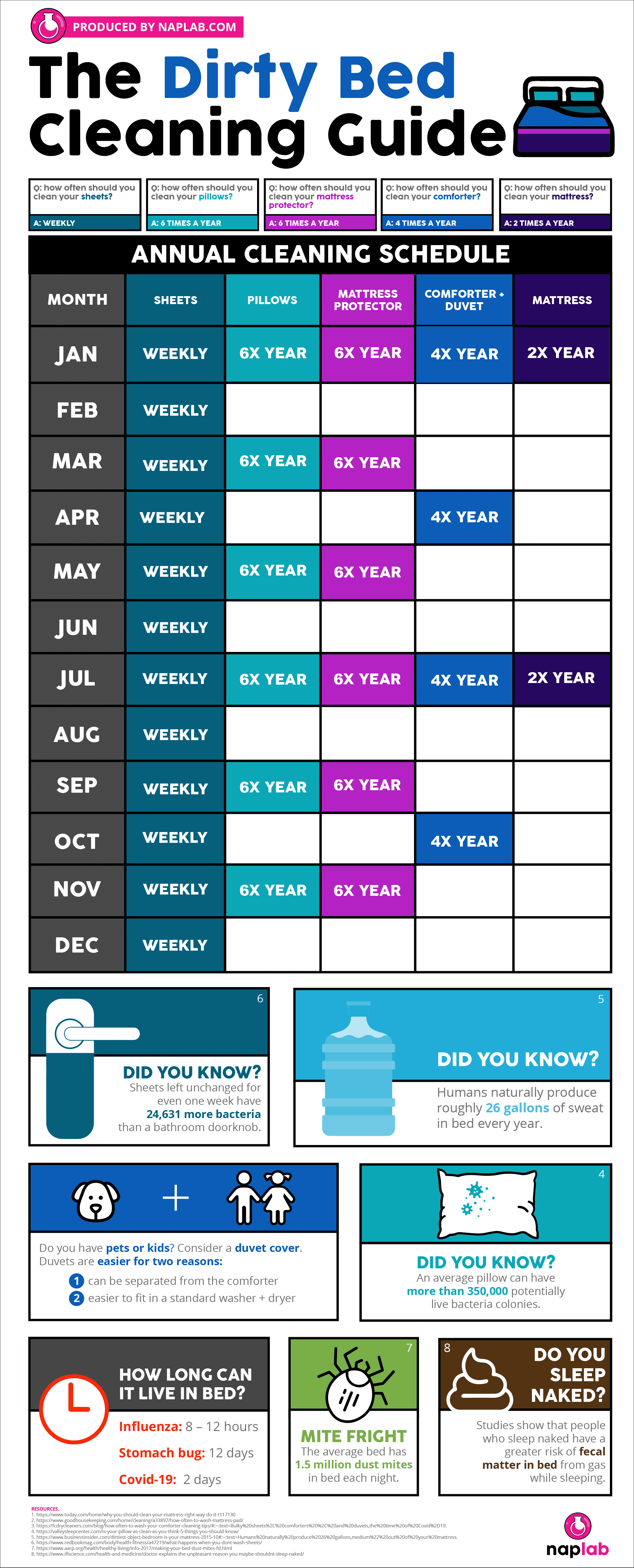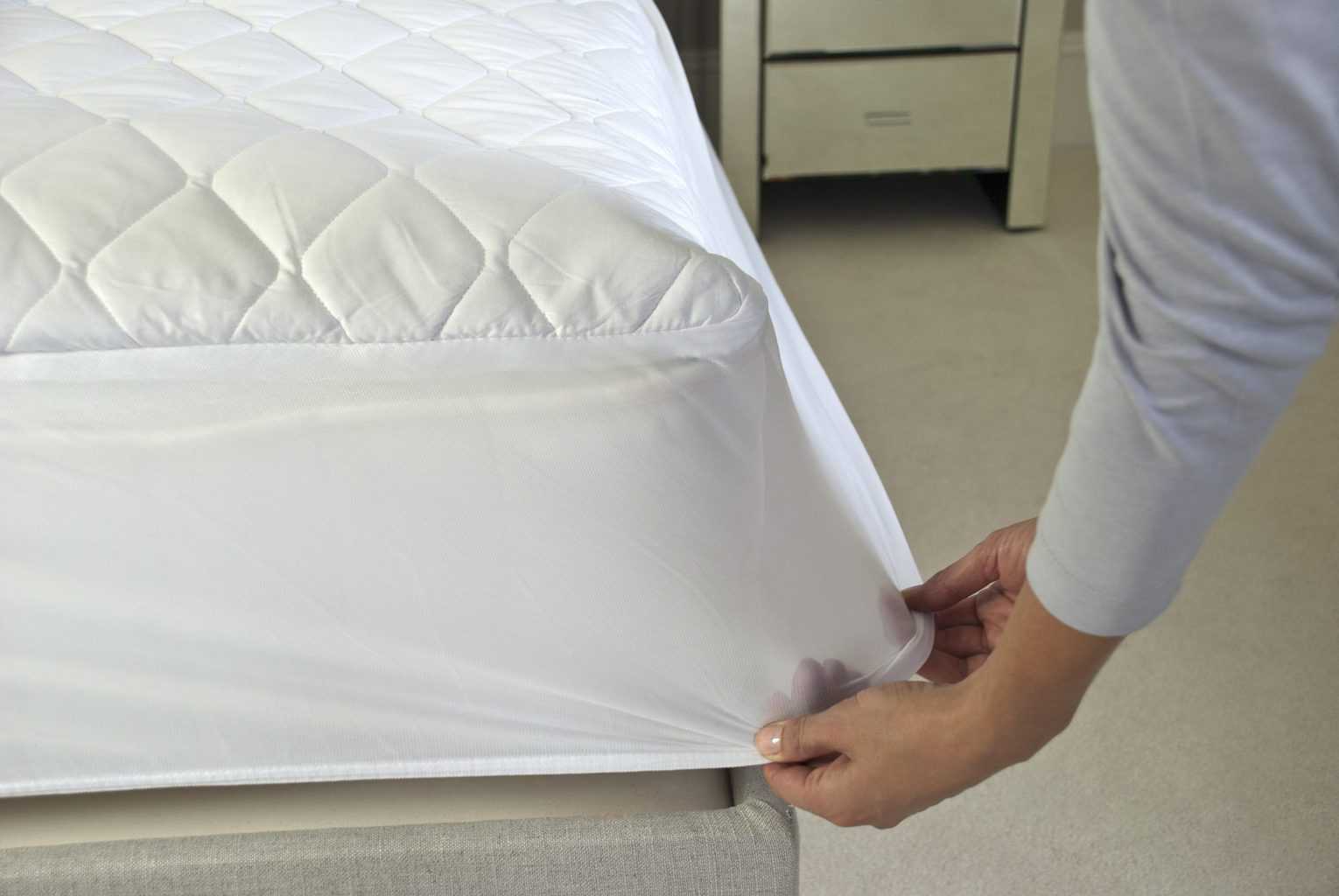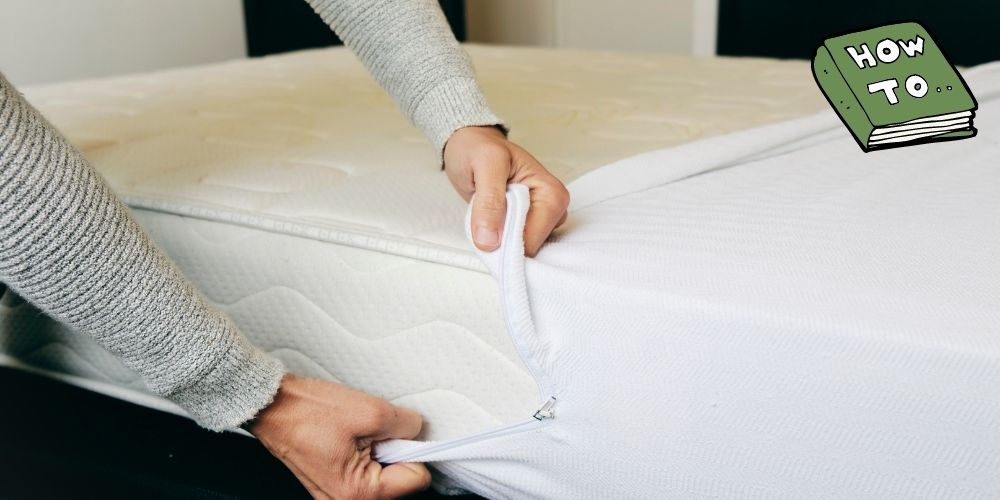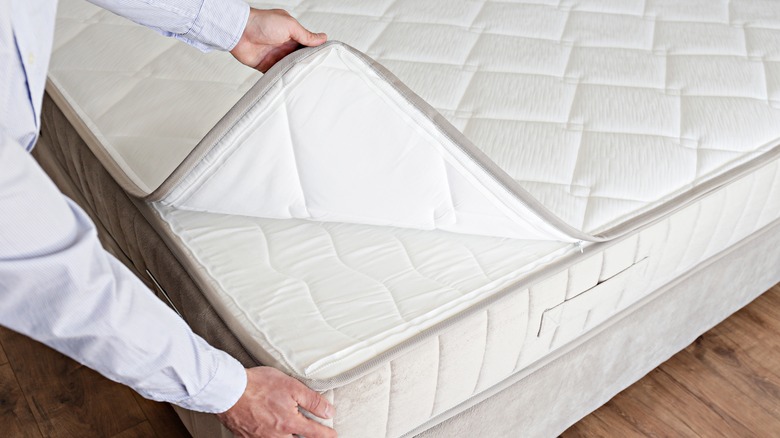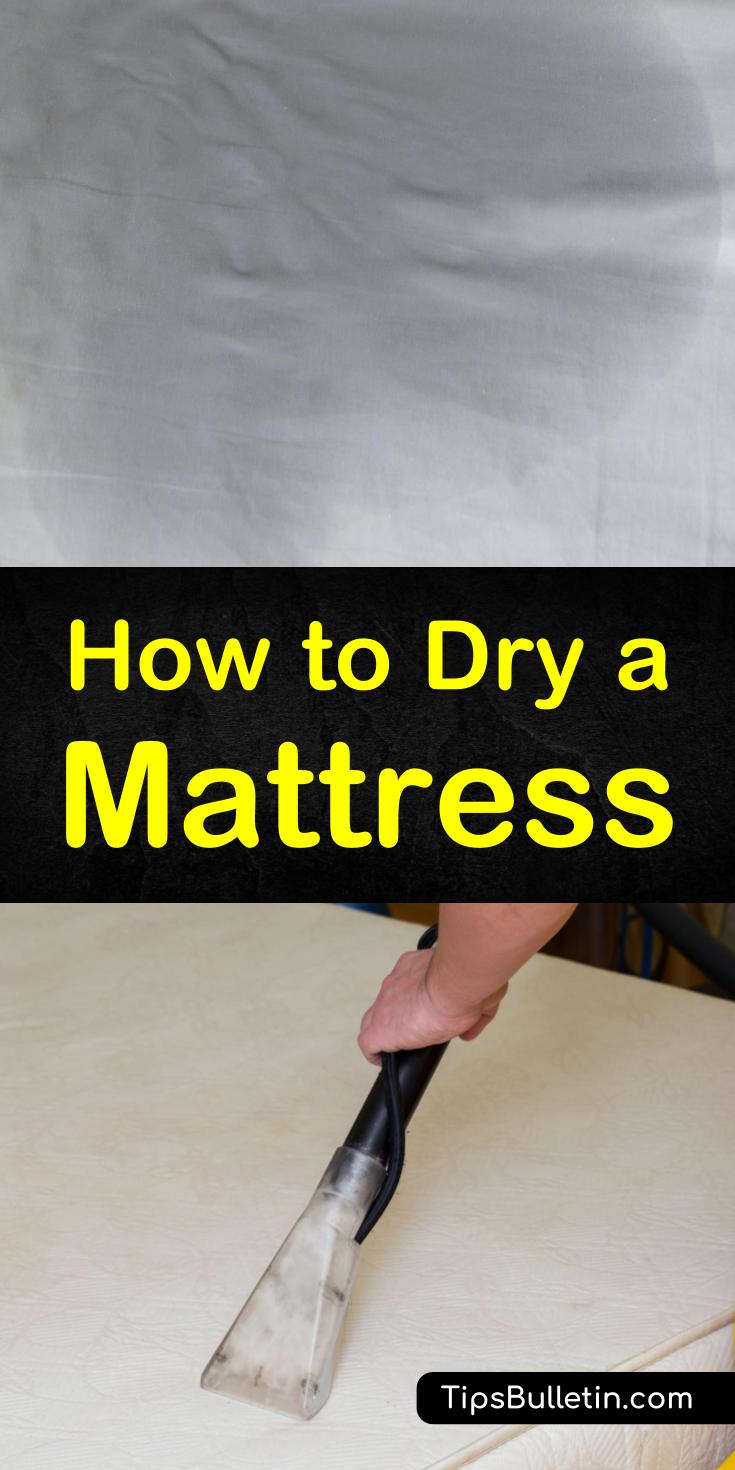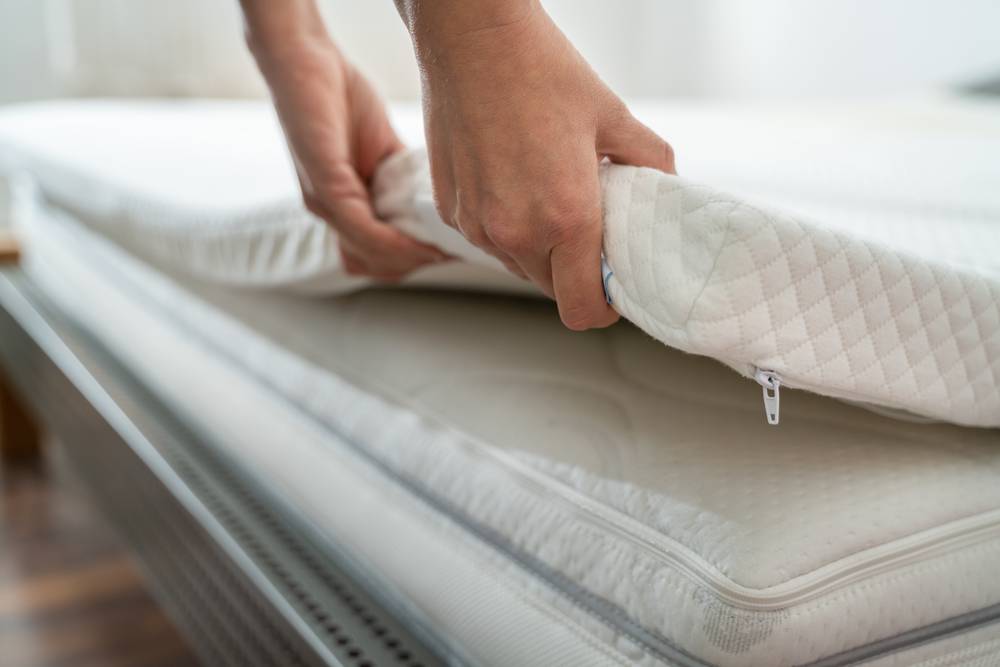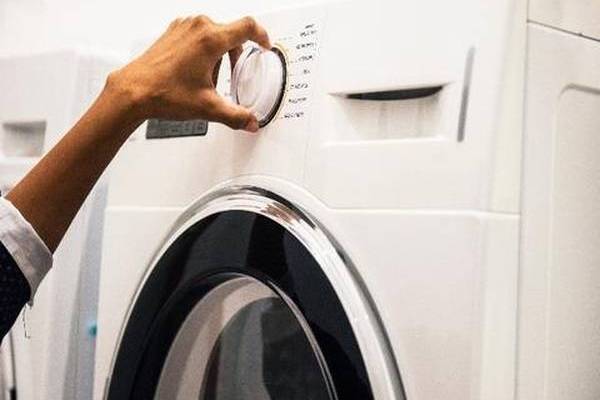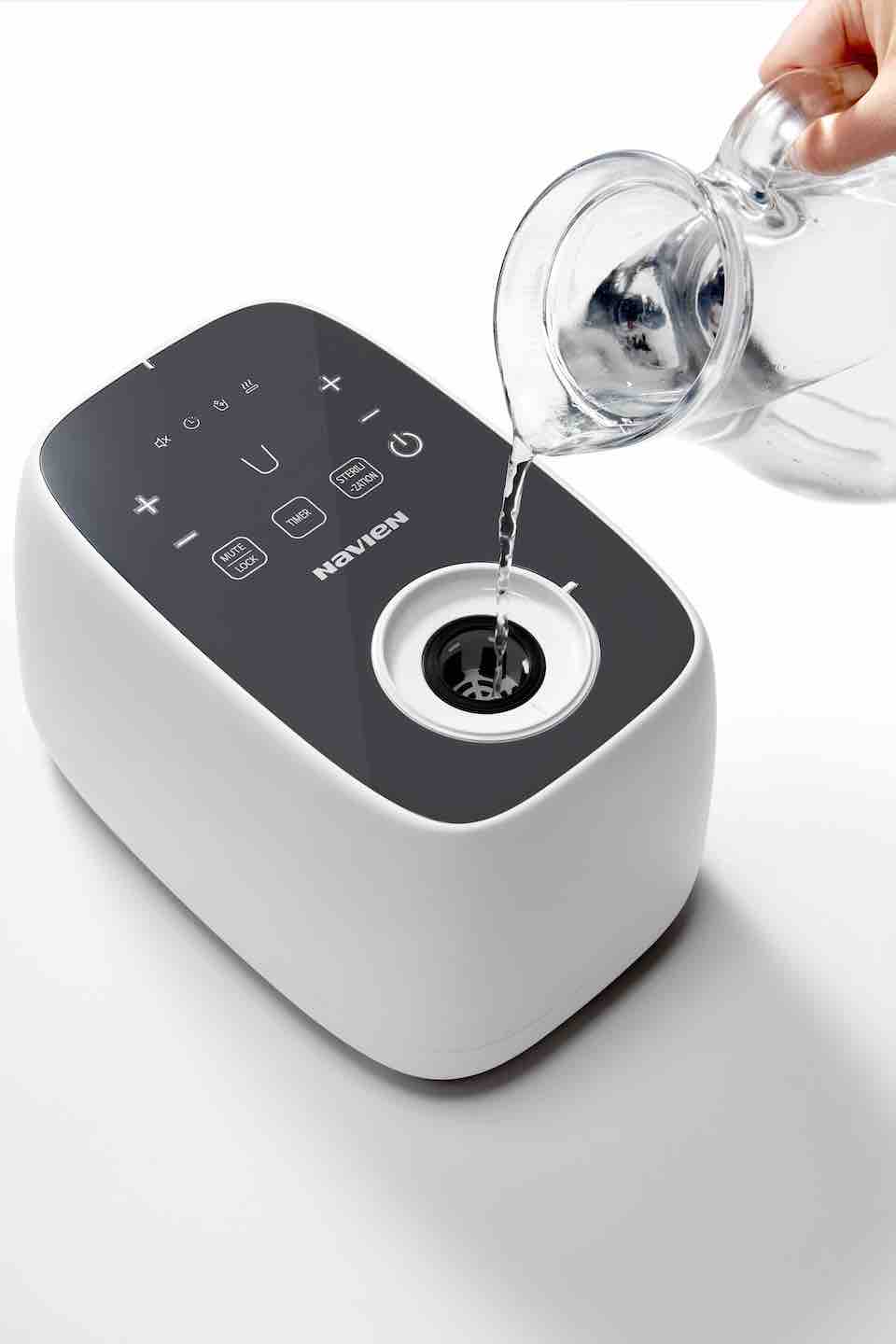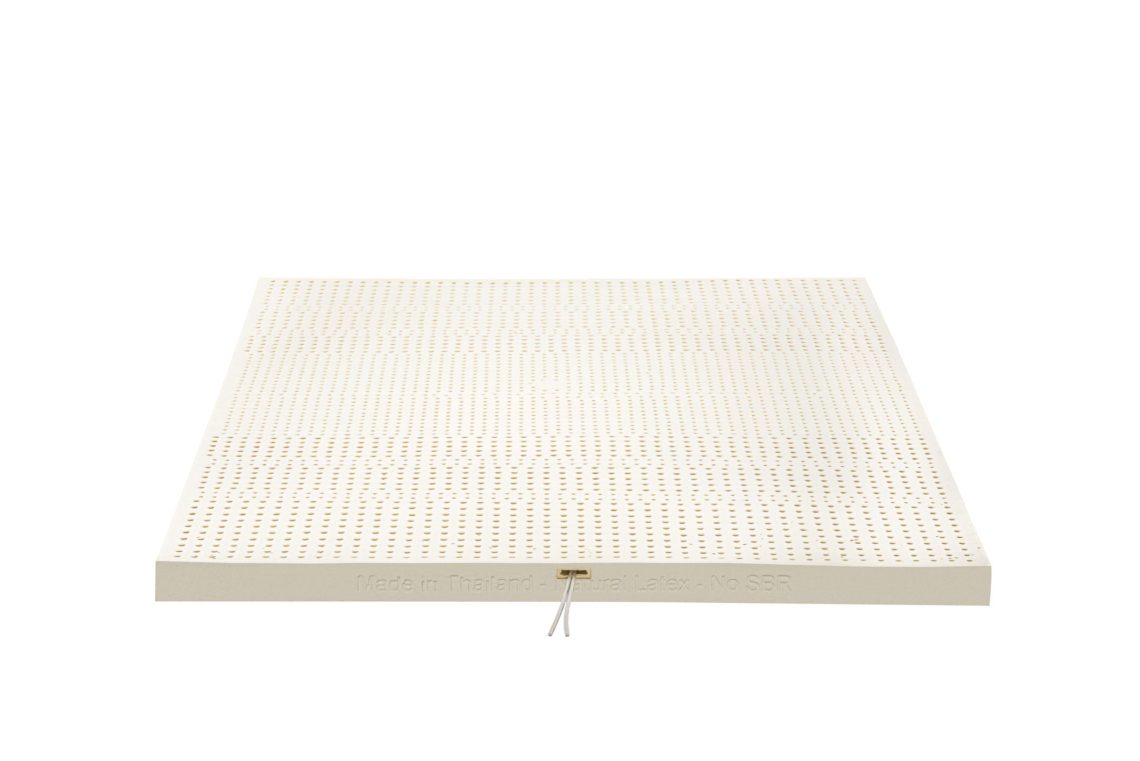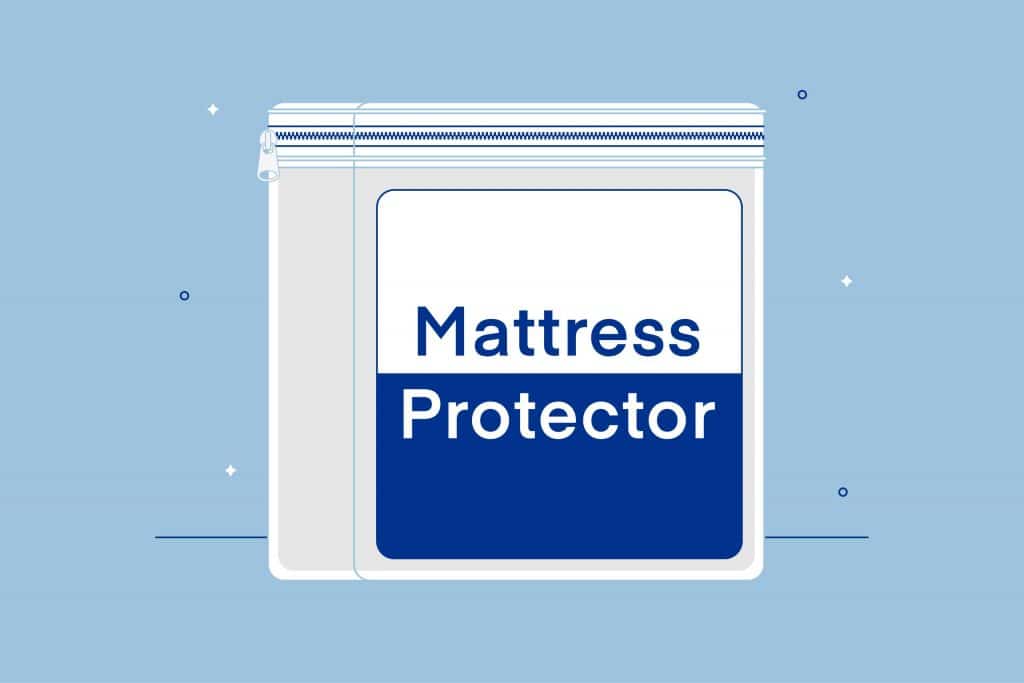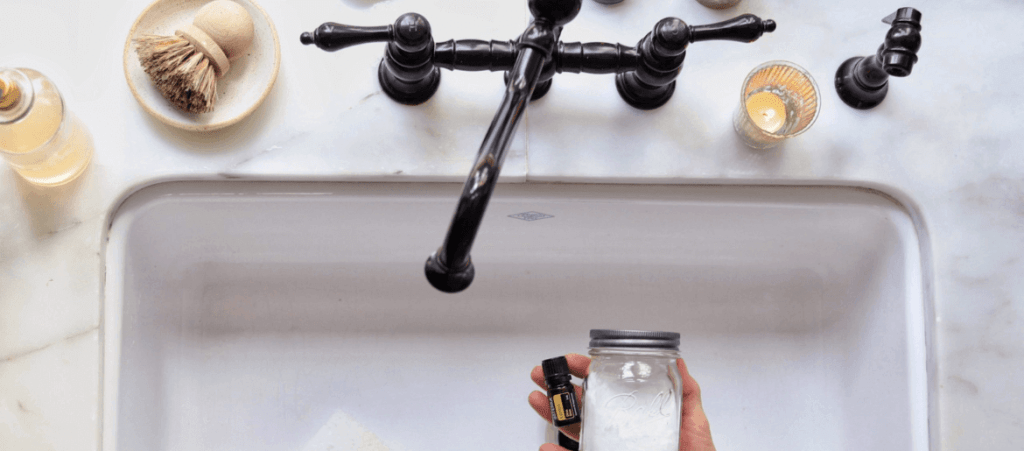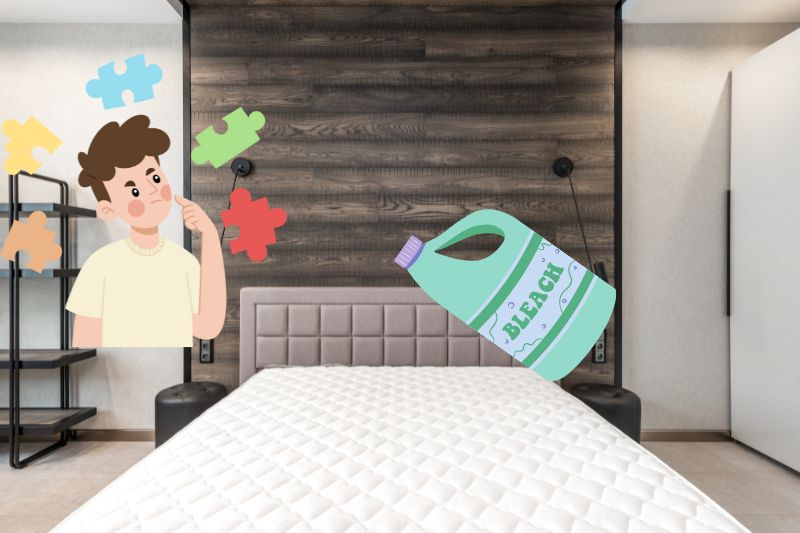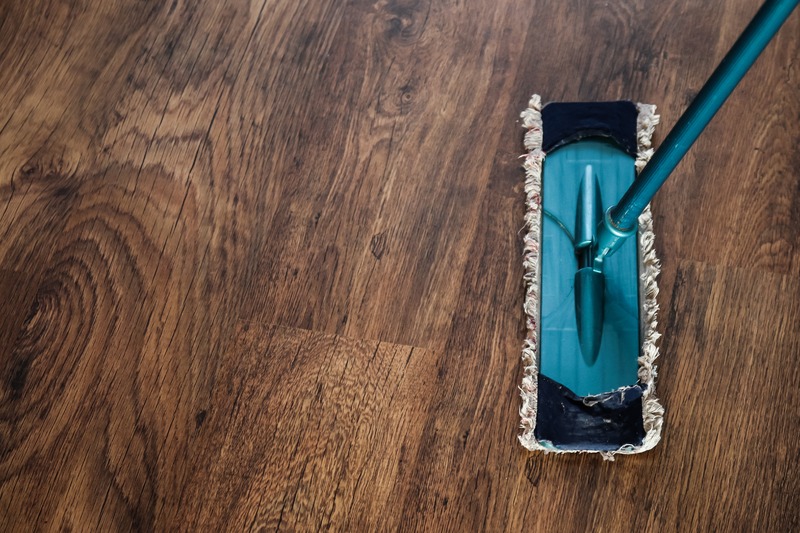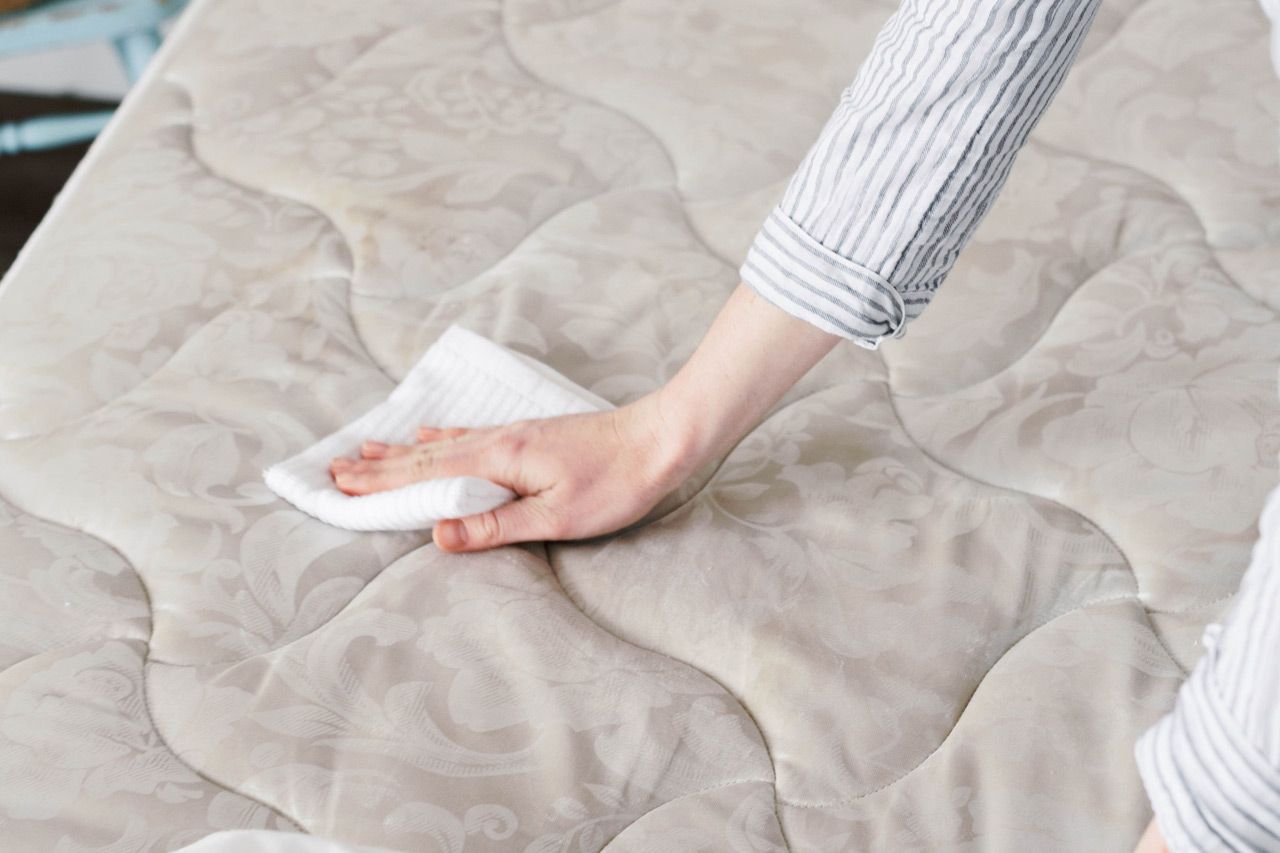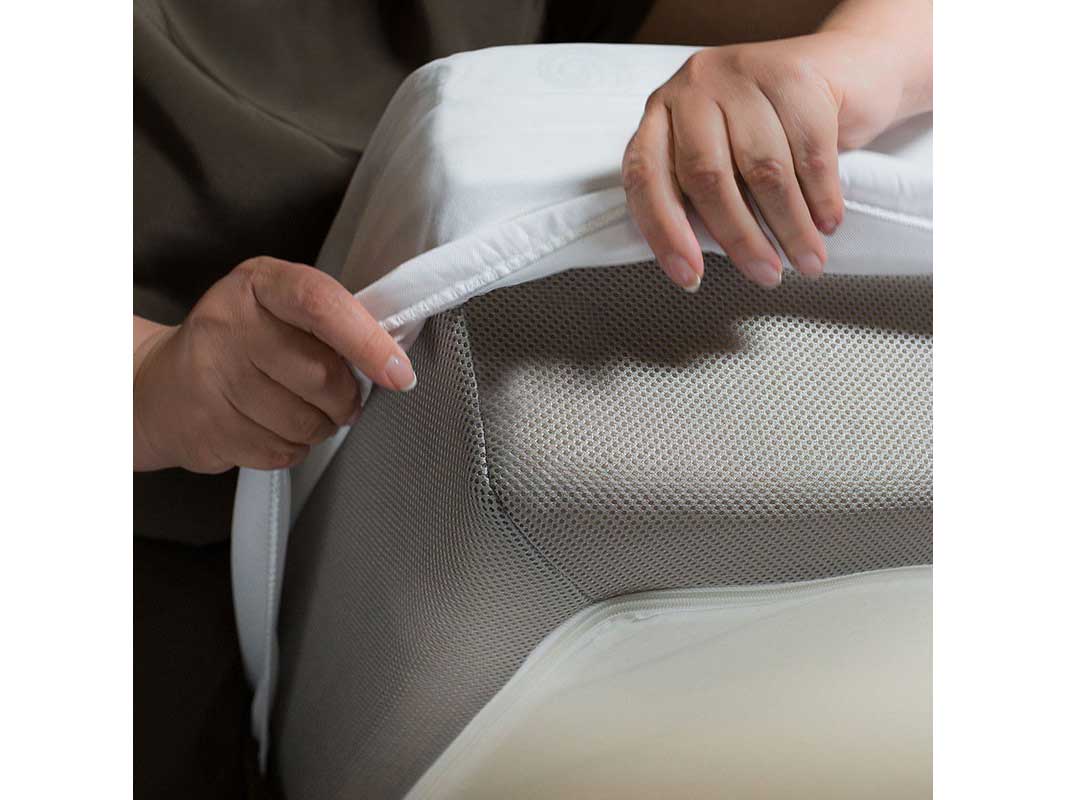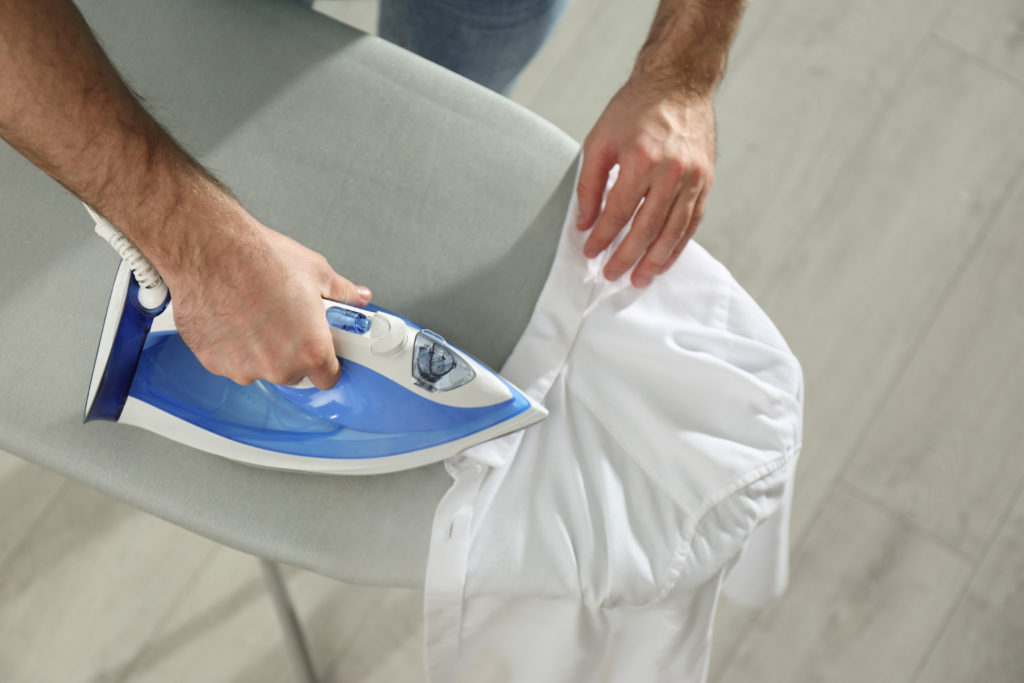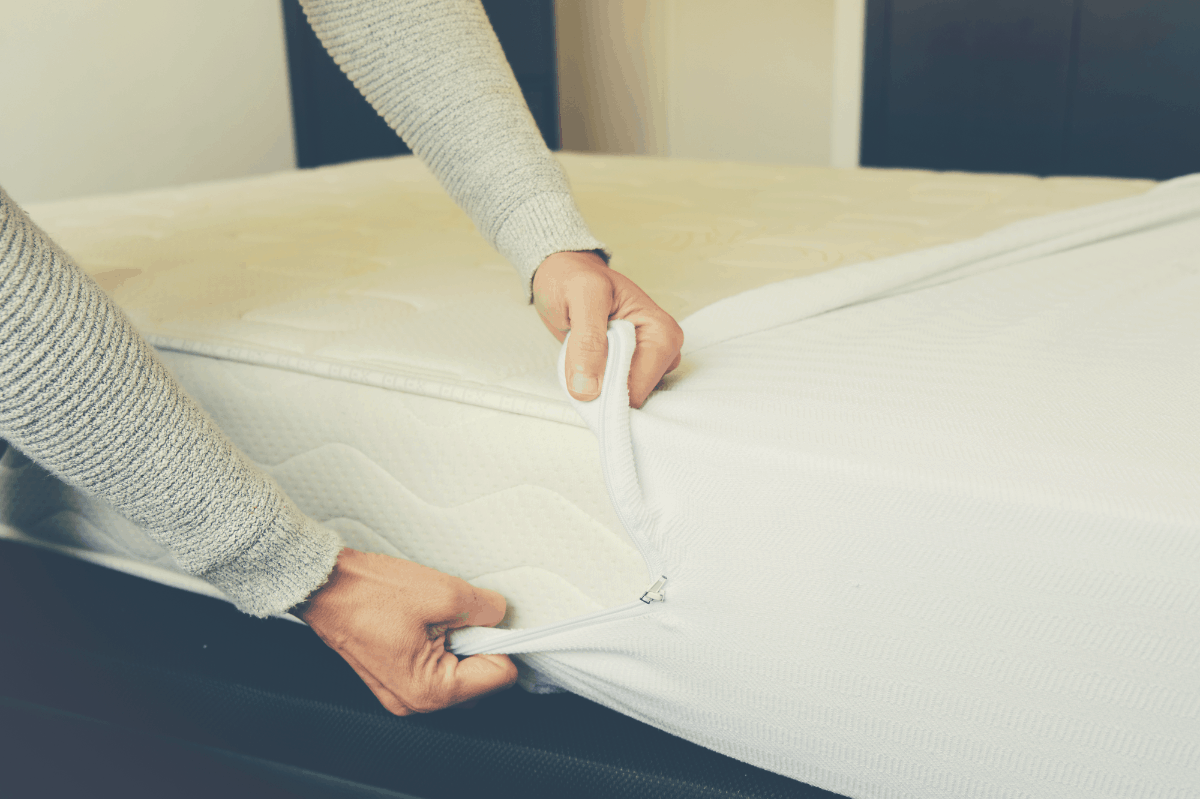Mattress protectors are an essential part of keeping your mattress clean and prolonging its lifespan. However, they can also get dirty and need to be washed. But how exactly do you wash a mattress protector? Here are some steps to follow: 1. Check the care label: Before washing your mattress protector, always check the care label first. It will give you instructions on how to properly care for your specific mattress protector. 2. Remove any stains: If your mattress protector has any stains, spot clean them first. You can use a mixture of water and a mild detergent to gently scrub the stain. Rinse it off with water and let it dry completely before washing. 3. Pre-treat any tough stains: For tougher stains, you may need to pre-treat them with a stain remover before washing. Make sure to follow the instructions on the stain remover and test it on a small, inconspicuous area first. 4. Wash in cold water: It's best to wash your mattress protector in cold water to prevent any shrinkage or damage to the waterproof layer. Use a mild detergent and avoid using bleach or fabric softener. 5. Use a gentle cycle: When washing your mattress protector, use a gentle cycle to avoid any damage to the fabric. If your protector has a waterproof layer, it's best to wash it separately from other items. 6. Rinse twice: To ensure all the detergent is removed, it's a good idea to do an extra rinse cycle. This will help prevent any residue from irritating your skin or causing allergies. 7. Dry on low heat: After washing, you can put your mattress protector in the dryer on a low heat setting. However, it's important to check the care label first as some protectors may need to be air-dried. 8. Add some tennis balls: If your protector has a waterproof layer, adding a few clean tennis balls to the dryer can help keep it fluffy and prevent the waterproof layer from clumping. 9. Avoid ironing: It's best to avoid ironing your mattress protector as the heat can damage the waterproof layer. If you need to get rid of any wrinkles, you can use a fabric steamer instead. 10. Let it air out: Once your mattress protector is dry, it's a good idea to let it air out for a few hours before putting it back on your bed. This will help get rid of any lingering odors and ensure it's completely dry.How to Wash a Mattress Protector
Yes, you can put a mattress protector in the washing machine, but it's important to check the care label first. Some protectors may require hand washing or air-drying, so always follow the instructions provided by the manufacturer. When washing your mattress protector in the machine, make sure to use a gentle cycle and cold water. Avoid using bleach or fabric softener and do an extra rinse cycle to ensure all the detergent is removed. You can also put your protector in the dryer on a low heat setting, but again, check the care label first.Can You Put a Mattress Protector in the Washing Machine?
Cleaning a mattress protector is similar to washing it, but there are a few extra steps you can take to ensure it stays clean and fresh. 1. Vacuum regularly: To prevent dirt, dust, and other debris from accumulating on your mattress protector, it's a good idea to vacuum it regularly. Use the upholstery attachment and gently go over the surface of the protector. 2. Spot clean stains: As mentioned earlier, it's important to spot clean any stains on your mattress protector before washing it. This will help prevent the stain from setting in and make it easier to remove. 3. Air it out: If your mattress protector isn't too dirty, you can simply air it out by hanging it outside or near an open window. The fresh air and sunlight can help eliminate any odors and kill bacteria. 4. Use baking soda: If your mattress protector has a lingering smell, you can sprinkle some baking soda over it and let it sit for a few hours. Then, vacuum it off to remove any odors. 5. Avoid harsh chemicals: When cleaning your mattress protector, it's best to avoid using harsh chemicals as they can damage the fabric or waterproof layer. Stick to mild detergents and natural cleaning solutions.How to Clean a Mattress Protector
Yes, you can machine wash a waterproof mattress protector, but it's important to check the care label first. Some protectors may require hand washing or air-drying to maintain their waterproof properties. When washing a waterproof mattress protector, use a gentle cycle and cold water. Avoid using bleach or fabric softener and do an extra rinse cycle. You can also add a few clean tennis balls to the dryer to prevent the waterproof layer from clumping.Can You Machine Wash a Waterproof Mattress Protector?
It's recommended to wash your mattress protector every 1-2 months or whenever it becomes noticeably dirty or stained. However, if you have allergies or respiratory issues, you may want to wash it more frequently to keep it clean and free of allergens. If you have pets or young children, it's also a good idea to wash your mattress protector more often as they may bring in dirt and other debris that can get trapped in the protector.How Often Should You Wash a Mattress Protector?
Yes, you can dry a mattress protector in the dryer, but it's important to check the care label first. Some protectors may need to be air-dried to maintain their waterproof properties. When drying your mattress protector, use a low heat setting and avoid ironing it. You can also add a few clean tennis balls to the dryer to fluff up the protector and prevent the waterproof layer from clumping.Can You Dry a Mattress Protector in the Dryer?
It's best to wash a mattress protector in cold water to prevent any shrinkage or damage to the waterproof layer. Cold water is also more gentle on the fabric and can help preserve its quality. However, if your protector has any tough stains, you may need to pre-treat them with warm water and a stain remover before washing in cold water.What Temperature Should You Wash a Mattress Protector?
No, it's not recommended to use bleach on a mattress protector as it can damage the fabric and compromise its waterproof properties. Instead, use a mild detergent and spot clean any stains before washing.Can You Use Bleach on a Mattress Protector?
If your mattress protector has any stains, it's important to remove them as soon as possible to prevent them from setting in. Here are some tips to help you remove stains from your mattress protector: 1. For food or drink stains, mix a solution of water and a mild detergent and gently scrub the stain. Rinse it off with water and let it dry completely before washing. 2. For urine or sweat stains, mix a solution of water and white vinegar and gently scrub the stain. Rinse it off with water and let it dry completely before washing. 3. For blood stains, use cold water and a stain remover specifically designed for blood stains. Follow the instructions on the stain remover and test it on a small, inconspicuous area first. 4. For oil or grease stains, sprinkle some baking soda on the stain and let it sit for a few hours before vacuuming it off. Repeat if necessary and then wash the protector.How to Remove Stains from a Mattress Protector
No, it's not recommended to iron a mattress protector as the heat can damage the fabric and compromise its waterproof properties. If you need to get rid of any wrinkles, you can use a fabric steamer instead.Can You Iron a Mattress Protector?
Can You Wash Mattress Protectors?

Importance of Mattress Protectors
 Mattress protectors are an essential part of maintaining the cleanliness and longevity of your mattress. They act as a barrier between your body and the mattress, protecting it from sweat, dirt, and other spills. Investing in a good quality mattress protector can also prevent the accumulation of allergens and dust mites, making it a necessary addition for individuals with allergies or respiratory conditions. However, with regular use, it is bound to get dirty and require cleaning. This begs the question, can you wash mattress protectors?
Mattress protectors are an essential part of maintaining the cleanliness and longevity of your mattress. They act as a barrier between your body and the mattress, protecting it from sweat, dirt, and other spills. Investing in a good quality mattress protector can also prevent the accumulation of allergens and dust mites, making it a necessary addition for individuals with allergies or respiratory conditions. However, with regular use, it is bound to get dirty and require cleaning. This begs the question, can you wash mattress protectors?
The Answer
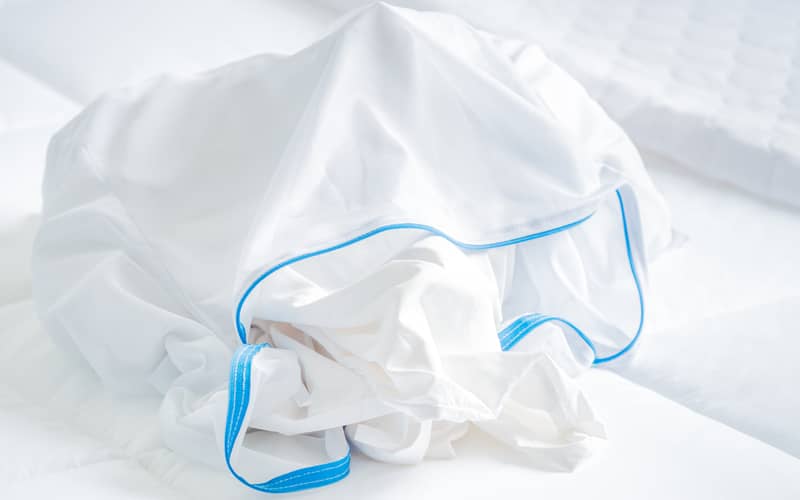 The good news is, yes, you can wash mattress protectors! In fact, it is recommended to wash them every few months or whenever there are spills or stains. Most mattress protectors are machine washable, and some can even be tumble-dried. However, it is important to check the care instructions on your specific protector, as some may require special care.
The good news is, yes, you can wash mattress protectors! In fact, it is recommended to wash them every few months or whenever there are spills or stains. Most mattress protectors are machine washable, and some can even be tumble-dried. However, it is important to check the care instructions on your specific protector, as some may require special care.
How to Wash Mattress Protectors
 To properly wash your mattress protector, start by removing it from your mattress. If there are any stains, spot clean them with a mild detergent before washing. Then, simply follow the care instructions provided by the manufacturer. In general, most mattress protectors can be washed in cold or warm water on a gentle cycle. It is important to avoid using bleach or harsh chemicals, as they can damage the waterproof or protective layers of the protector.
After washing, it is best to air dry the protector or tumble dry on low heat. High heat can damage the waterproof or protective layers, rendering the protector less effective. Once it is completely dry, you can put it back on your mattress.
To properly wash your mattress protector, start by removing it from your mattress. If there are any stains, spot clean them with a mild detergent before washing. Then, simply follow the care instructions provided by the manufacturer. In general, most mattress protectors can be washed in cold or warm water on a gentle cycle. It is important to avoid using bleach or harsh chemicals, as they can damage the waterproof or protective layers of the protector.
After washing, it is best to air dry the protector or tumble dry on low heat. High heat can damage the waterproof or protective layers, rendering the protector less effective. Once it is completely dry, you can put it back on your mattress.
When to Replace Your Mattress Protector
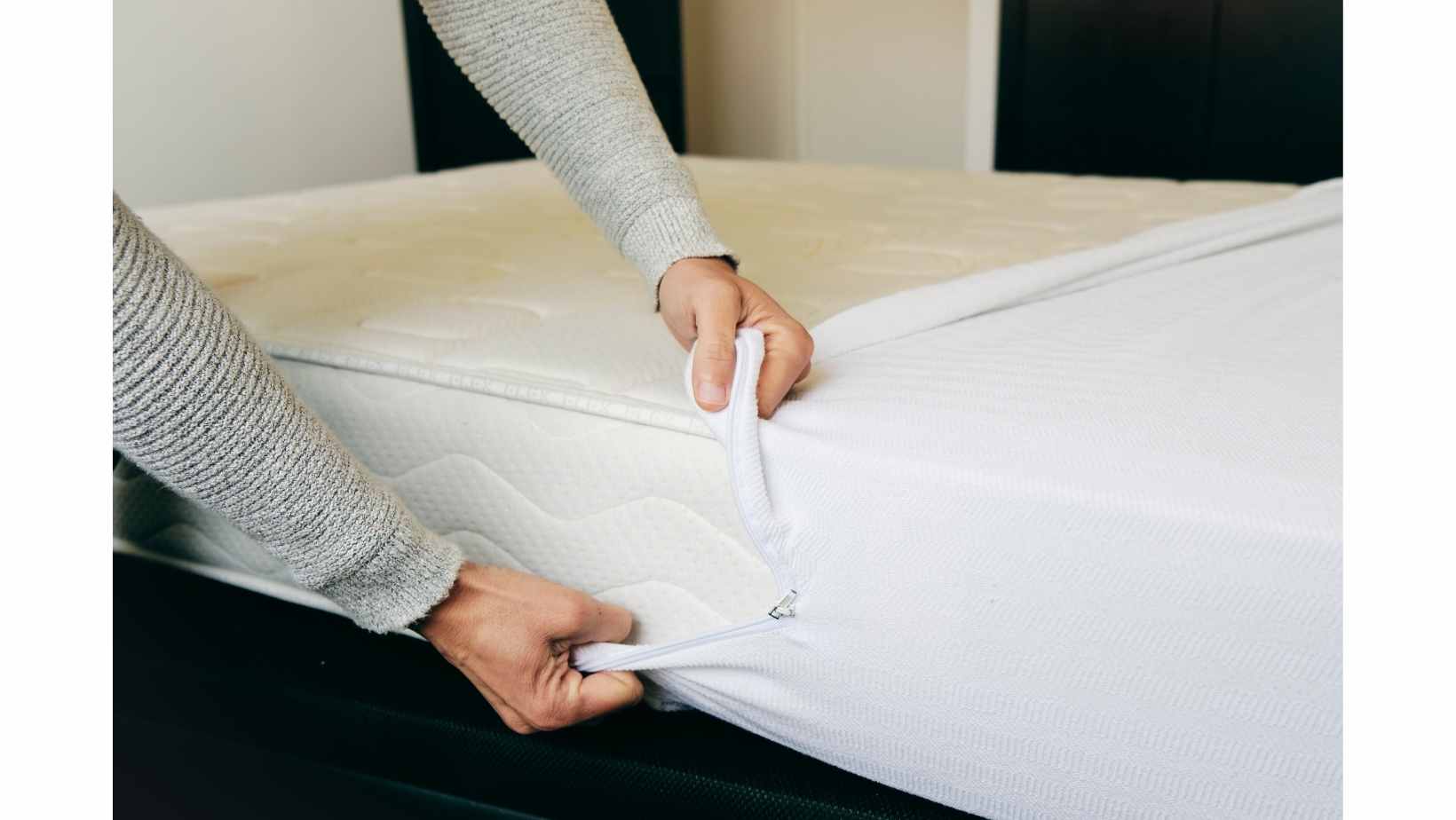 While washing your mattress protector regularly can help extend its lifespan, it is important to know when it is time to replace it. If you notice any tears, holes, or deterioration in the protector, it is time to get a new one. Additionally, if you start to experience allergies or respiratory issues despite using a protector, it may be a sign that it is no longer effectively protecting your mattress.
In conclusion, mattress protectors are an important investment for maintaining the cleanliness and lifespan of your mattress. They can be washed and reused, making them a cost-effective solution. Just remember to follow the care instructions and replace them when necessary. With proper care, your mattress protector can continue to protect your mattress and ensure a comfortable and clean night's sleep.
While washing your mattress protector regularly can help extend its lifespan, it is important to know when it is time to replace it. If you notice any tears, holes, or deterioration in the protector, it is time to get a new one. Additionally, if you start to experience allergies or respiratory issues despite using a protector, it may be a sign that it is no longer effectively protecting your mattress.
In conclusion, mattress protectors are an important investment for maintaining the cleanliness and lifespan of your mattress. They can be washed and reused, making them a cost-effective solution. Just remember to follow the care instructions and replace them when necessary. With proper care, your mattress protector can continue to protect your mattress and ensure a comfortable and clean night's sleep.






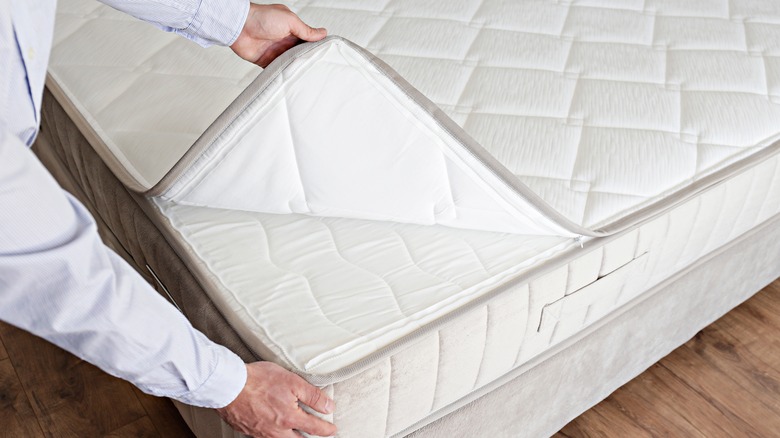
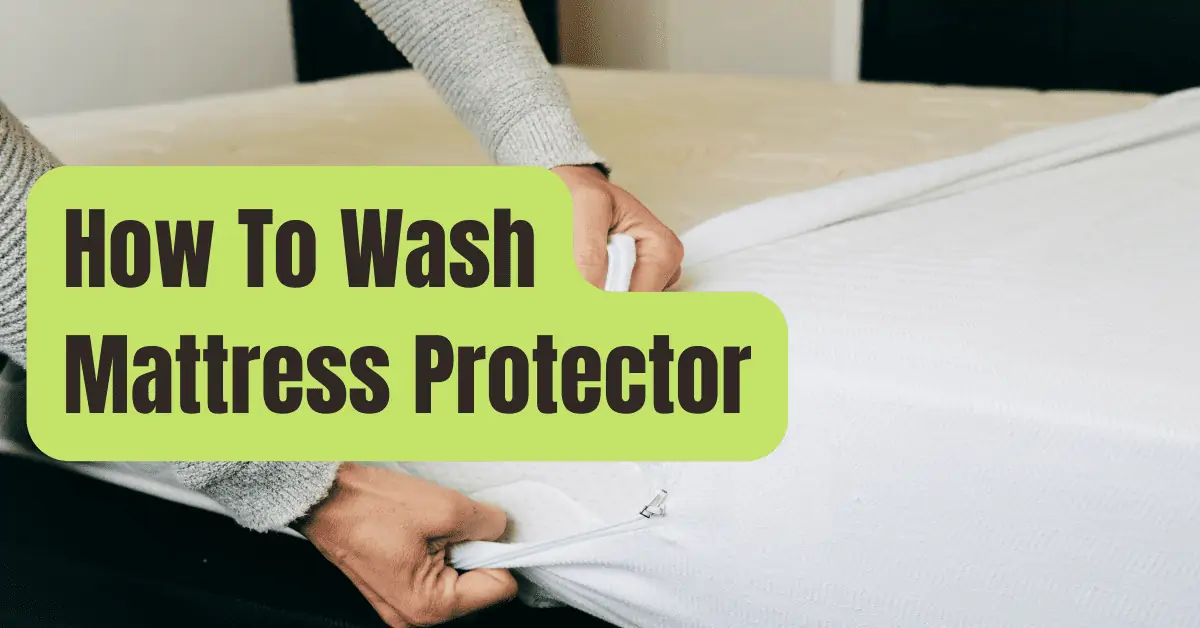
:max_bytes(150000):strip_icc()/how-to-wash-mattress-protector-5220415-hero-ef3d29e5dac34ab8a6482dc4e31a1252.jpg)


